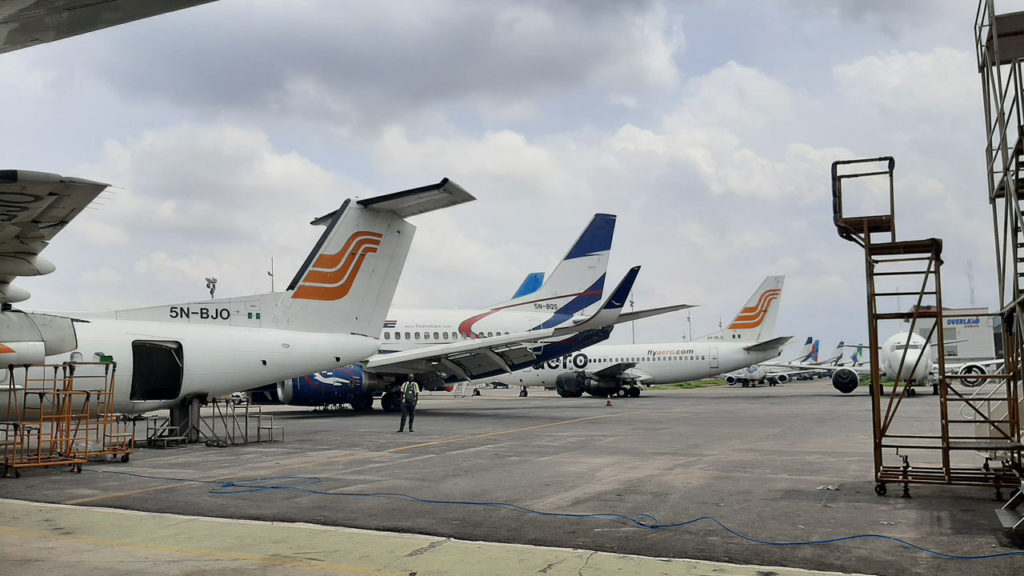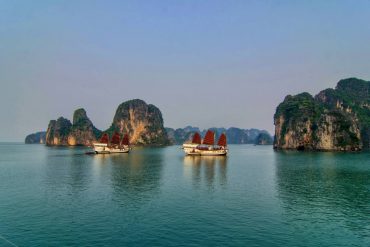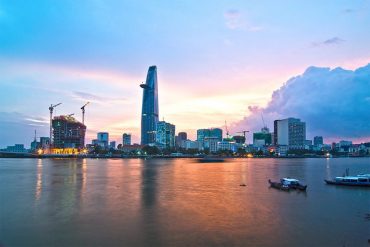
LATEST NEWS!!!
•We have 24-hour services for operators that will pay for them, NAMA says
Gross under-utilisation of commercial airplanes was, yesterday, estimated to cost local carriers as much as N4.3 billion per plane yearly.
The conservative estimate, made by airline operators at the aviation conference on sunset airports in Lagos, was identified as one of the reasons local carriers perpetually struggle and are always on the verge of collapse. The operators, therefore, appealed to the Federal Airport Authority of Nigeria (FAAN) and the Nigerian Airspace Management Agency (NAMA) to make most of the 24 airports available beyond sunset, to maximise the usage of aircraft and boost chances of survival of the operators.
In his reaction, the Acting General Manager of NAMA, Matthew Pwajok, said there are quite a number of airports that close at sunset, yet they are readily made available on request by airlines that are ready to pay for the extra hours.
Speaking on the airline’s experience at the 26th yearly conference of the League of Airports and Aviation Correspondents (LAAC), Chief Executive Officer of Ibom Air, George Uriesi, noted that the odds are stacked against local airlines, due to the “Nigerian conundrum”.
Uriesi noted that the Nigerian airline use the same aeroplane as everyone in the world but because the operator is from Nigeria, he pays higher acquisition cost, higher cost of insurance that is three times more than in Europe, North America and Asia, uses weak naira to pay in dollars and so on. “On top of it all, you are operating in a systemically limiting environment that makes it harder for you to be as productive as your colleagues in Europe, Asia and North America.
“Let me give you a benchmark of what we have in the world. From Airbus, the global average is 9.1 to 9.7 bloc hours a day per aircraft. Some do 12 hours. In the Nigerian context, that is nine domestic flights a day. On a monthly basis, it is 275 to 292 bloc hours, and on yearly basis 3,300 to 3,500 bloc hours.
“Imagine the productivity of those aeroplanes, compared to ours in Nigeria where it is between 5.5 to 6.6 bloc hours per day. That is five or six hour sectors per day. That translates to 165 to 198 bloc hours a month. When you buy a new airplane, they will ask you how much you will utilise the airplane, if you say anything less than 250 hours, they will look at you as a mad person. Why do you want to buy a new airplane?
“If you use what we are doing here in this country on average, what you will get is 1980 to 2376 bloc hours per annum. What does that translate to? The gap is three bloc hours a plane daily, 90 bloc hours a plane monthly, 1080 bloc hours per annum.
“The impact of it is a significantly reduced window for aircraft utilisation, which is a serious threat to airlines’ survivability. The number of flights we do not utilise in a day because of those limiters is plus/minus three flights. That is N12 million worth of revenue daily opportunity and I’m using N60,000 a passenger and 67-passenger aircraft, which is very low for most aircraft. That will be N4 million revenue per flight, and 90 flights a month and N360 million of revenue off the table in a month for one aircraft. And in a year, it is 1000 flights and N4.3 billion per aircraft,” he said.
Uriesi, who is a former Managing Director of FAAN, said looking at an airline with five aircraft in its fleet, “that is N21.5 billion in a year that the airline could not even pursue. But imagine what that means to an entire system, including the ground handlers, FAAN, shop owners, NCAA, NAMA and so on. Despite having to use minimal estimates, that is huge by limiting the operating abilities of airlines to operate freely into airports in the country without providing minimum requirements to allow them to fly all the time.”
He added that the sunset airport phenomenon is a strange one, because it is one of the limiters to aircraft utilisation. Most of the sunset airports are declared operational from 6am or 7am to 6pm or 8pm. “What is strange is that all of them, from the information declared, have Navigational and visual aids, CAT 1 or 2 Instrument Landing Systems (ILSs) and with runway lighting.
Pwajok, however, stated that what they have are airports with limited operations, not necessarily sunlight-operating aircraft.
“Our airports are ILS (CAT 2) based and can operate even into the night, though based on demands. We are also upgrading from CAT 2 in Sokoto, Bauchi, Dutse, Ilorin, Akure, Benin, so no airport, apart from Jalingo, is sunset airport. We have always extended operations based on requests daily. What we do is ask the airline N50,000 for a one hour extension.
“There are 10 airports that do not have daily flights. They have three or five flights a week, yet they run for 12 hours on a daily basis. It is a very expensive cost and it makes no sense to keep running them into the night. We have to be very realistic, which is why they are available on request,” Pwajok said.



